In Milan, the new Grande Brera exhibition season kicks off in September 2025 with a rich program that extends until the summer of 2026. A path that embraces the many souls of the Milanese institution, articulating between the Pinacoteca di Brera, the Palazzo Citterio and the Biblioteca Nazionale Braidense, symbolic places that host, each with its own vocation, a series of exhibitions and projects that bring into dialogue the masters of the past, contemporary art, digital technologies and cultural reflection.
“A new exhibition season is about to be inaugurated,” says Angelo Crespi, General Director Pinacoteca di Brera and Biblioteca Nazionale Braidense, “in which Grande Brera presents itself as a cultural hub, with proposals of extraordinary value and quality. The Pinacoteca di Brera, Palazzo Citterio and the Braidense National Library are different souls that make up the Grande Brera complex, a unique place intended to host exhibitions and initiatives, designed to satisfy the curiosity of as diverse a public as possible. The study of the palimpsest of exhibitions that will be held between the end of 2025 and the first half of 2026 goes in this direction, namely that of delving into themes and topics that connect with an ideal red thread ancient art to contemporary art, passing through digital languages and bibliographic exhibitions.”
At the Pinacoteca di Brera, the centerpiece of the exhibition offer is the exhibition dedicated to Giovanni Agostino da Lodi, scheduled from May 14 to August 30, 2026. This is the first monographic exhibition ever devoted to this artist, active between the late 15th and early 16th centuries. A painter whose figure is shrouded in mystery due to the scarcity of biographical sources, but whose work reveals an original personality, capable of synthesizing and reinterpreting the influences of Milanese and Venetian painting.
Curated by Maria Cristina Passoni and Cristina Quattrini, with a scientific committee that brings together scholars such as Alessandro Ballarin, Francesco Frangi, Mauro Natale, Edoardo Rossetti and Marco Tanzi, the exhibition compares the works of Giovanni Agostino da Lodi with those of masters such as Bramantino and Leonardo da Vinci, on the one hand, and Alvise Vivarini, Giovanni Bellini, Boccaccio Boccaccino, Giorgione and Albrecht Dürer, on the other. The works, from Italian and foreign collections, make it possible to reconstruct a fascinating stylistic journey that places the artist among the most interesting figures of his time.
At Palazzo Citterio, however, the season opens on Oct. 16, 2025 with a major retrospective on Bice Lazzari, curated by Renato Miracco in collaboration with the Archivio Bice Lazzari and GNAMC in Rome. The exhibition features more than 110 works spanning the entire career of the Venetian artist, a central figure of the Italian twentieth century, known for her solitary and consistent research, from the textile design and applied art of the 1930s and 1940s to the rigorous minimalism of her final years. The exhibition includes loans from Italian and international institutions, including the Galleria Nazionale d’Arte Moderna in Rome, Ca’ Pesaro in Venice, the Guggenheim Museum in New York, and the Phillips Collection in Washington.
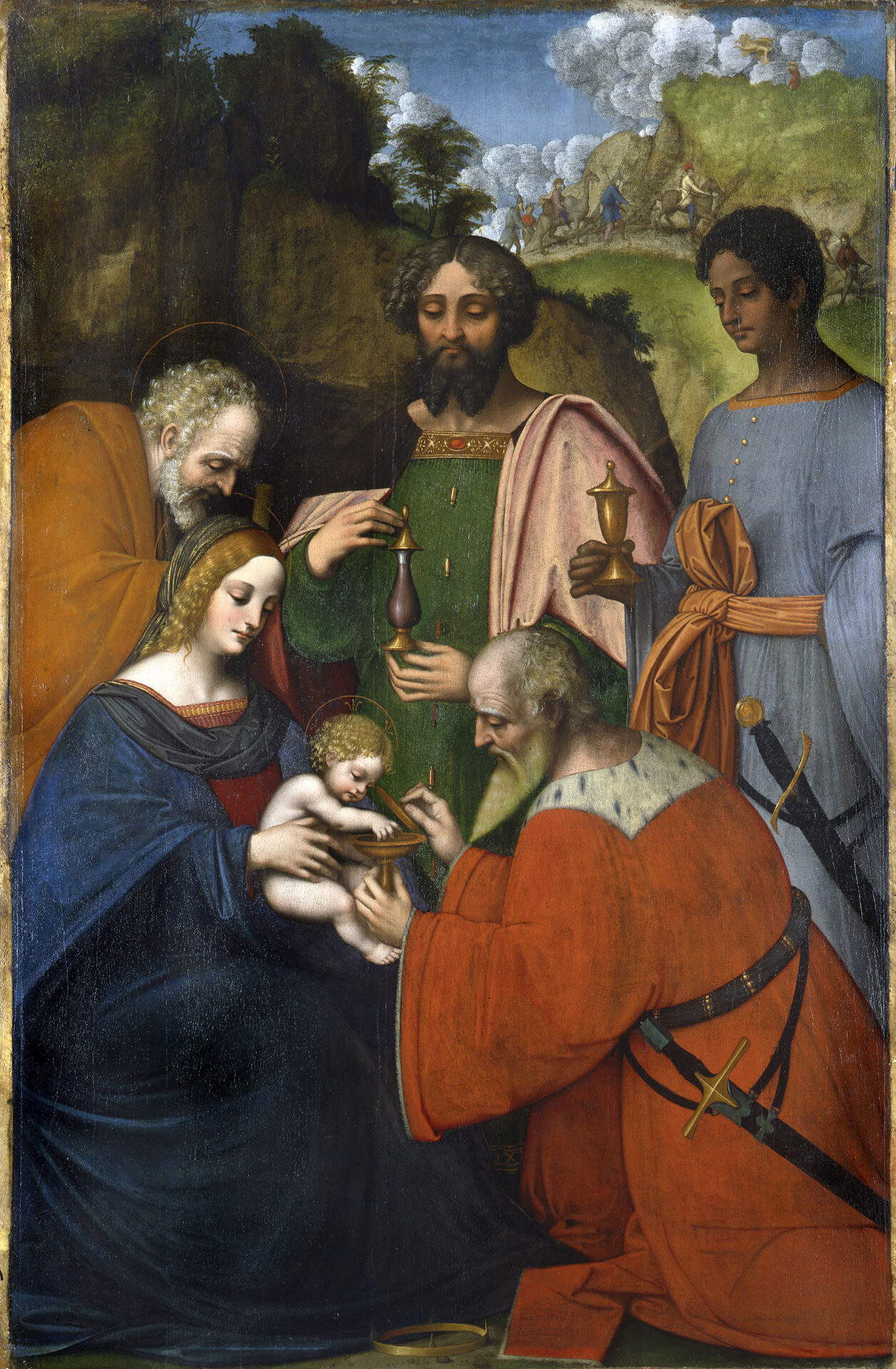
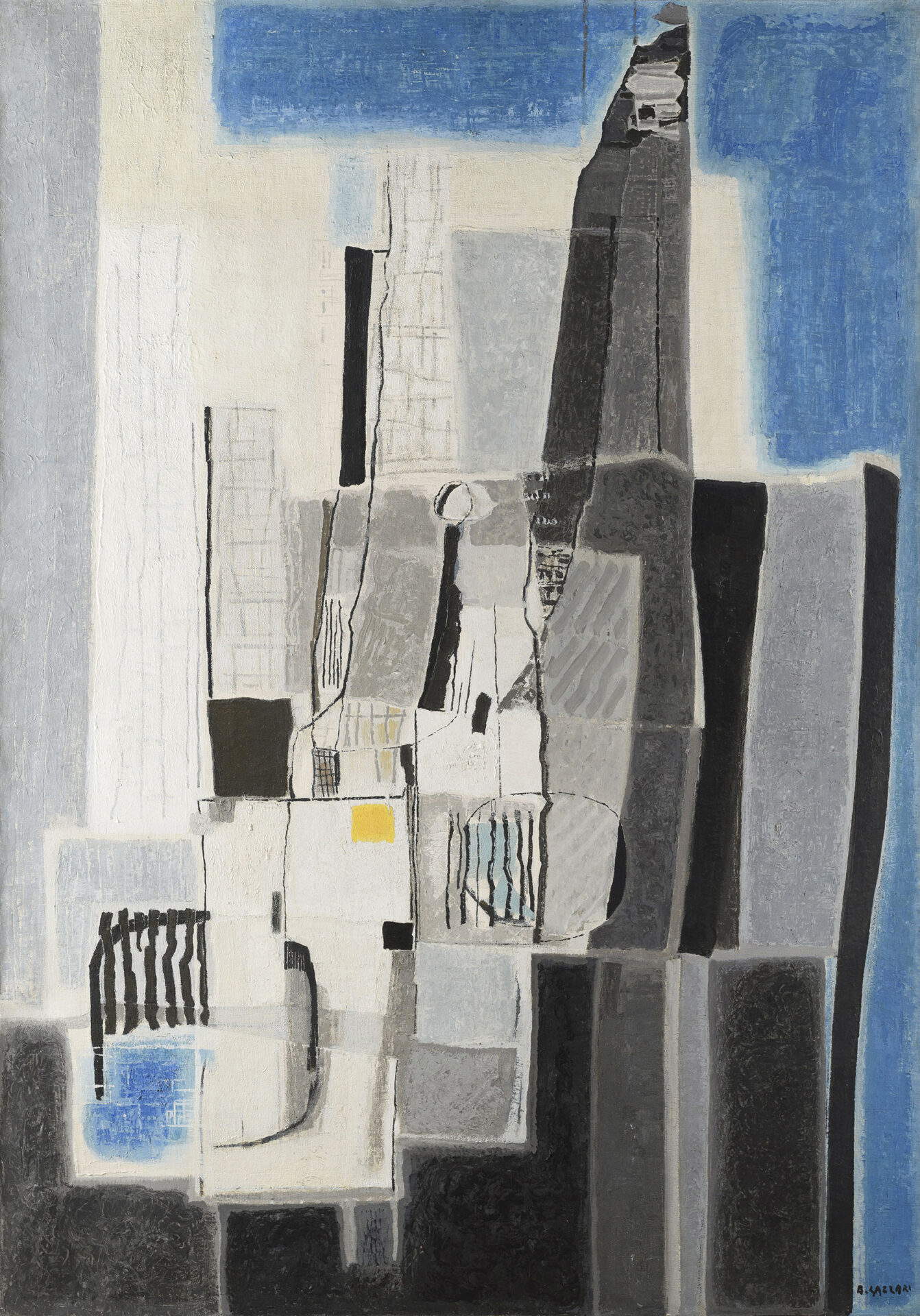
It is followed, from October 30, 2025 to January 18, 2026, by Nobu at Elba Redux, a massive installation by Giovanni Frangi, first exhibited in 2005 at Villa Panza in Varese. The work, consisting of four large canvases totaling forty meters and twenty burned foam sculptures, will be installed in the Stirling Room, in a new version curated by Francesco Librizzi, which aims to preserve the intensity of the installation’s original experience.
The program continues in 2026 with three protagonists of the contemporary art scene. From January 30 to July 26, a major exhibition will be dedicated to Giovanni Gastel, the Milanese photographer who died in 2021, who knew how to combine fashion, art and advertising, elaborating a refined and personal style. The itinerary will retrace his entire career, from his first covers to still life and his most famous campaigns.
As part of the widespread exhibition Metafisica & Metafisiche, curated by Vincenzo Trione, Palazzo Citterio will host a work by South African artist William Kentridge, in dialogue with the legacy of Giorgio Morandi, a central figure of Italian metaphysics. Finally, Mimmo Paladino will return to Milan with a new exhibition of his celebrated Dormienti, between May and July 2026: thirty lying figures and crocodile sculptures will inhabit the Stirling Room, in a project curated by Lorenzo Madaro.
Outside, Palazzo Citterio’s ledwall becomes a surface for visual experiments related to the relationship between art and technology. From Sept. 18, 2025 to Jan. 11, 2026, Quayola’s Strata #1, a video installation that algorithmically reworks the vault of the Gesù Church in Rome, transforming it into an abstract, iridescent visual flow, will be on view. The work, recently acquired by the National Museum of Digital Art, reflects on the relationship between memory, heritage and computation.
From January to April 2026, Debora Hirsch’s Vanishing Trees, a site-specific work that focuses on the ecological crisis, will be projected on the same medium. Hirsch, in dialogue with the Braidense Library, the Brera Botanical Garden and the New York Botanical Garden, uses images of three endangered trees for a visual reflection on the loss of biodiversity and collective memory.
Instead, in the Tempietto of Palazzo Citterio, a circular architecture designed by Mario Cucinella Architects, is Alice Zanin’s Candy Eaters, scheduled from November 2025 to February 2026. The installation, made of papier-mâché, proposes an imaginary aviary populated by Spatole Rosate, whose plumage-in fiction-is derived from pink candies. An invitation to rediscover the wonder of nature and reflect on the beauty spontaneously generated by the ecosystem, through a project that also recalls the themes of the circular economy.
At the Braidense National Library, the season opens on Oct. 10, 2025 with Costume Jewelry. The Collection of Patrizia Sandretto Re Rebaudengo, an exhibition of non-precious jewelry from the 1930s to the present. The exhibition is accompanied by a volume published by TASCHEN, with texts by Carol Woolton and Maria Luisa Frisa and a photographic campaign by Luciano Romano. The collection, consisting of eccentric necklaces, brooches, and bracelets, documents an evolution that transformed bijou from an economic surrogate to a true artistic language.
From Nov. 13, 2025 to Jan. 11, 2026, the Braidense pays tribute to Edoarda Masi, librarian, sinologist and translator, with the exhibition Edoarda Masi and China. Thought, Literature and Translation, produced in collaboration with the University of Milan. The exhibition presents for the first time the heritage left by Masi, which includes more than two thousand volumes, divided into three thematic sections that explore her work as a cultural mediator between Italy and China.
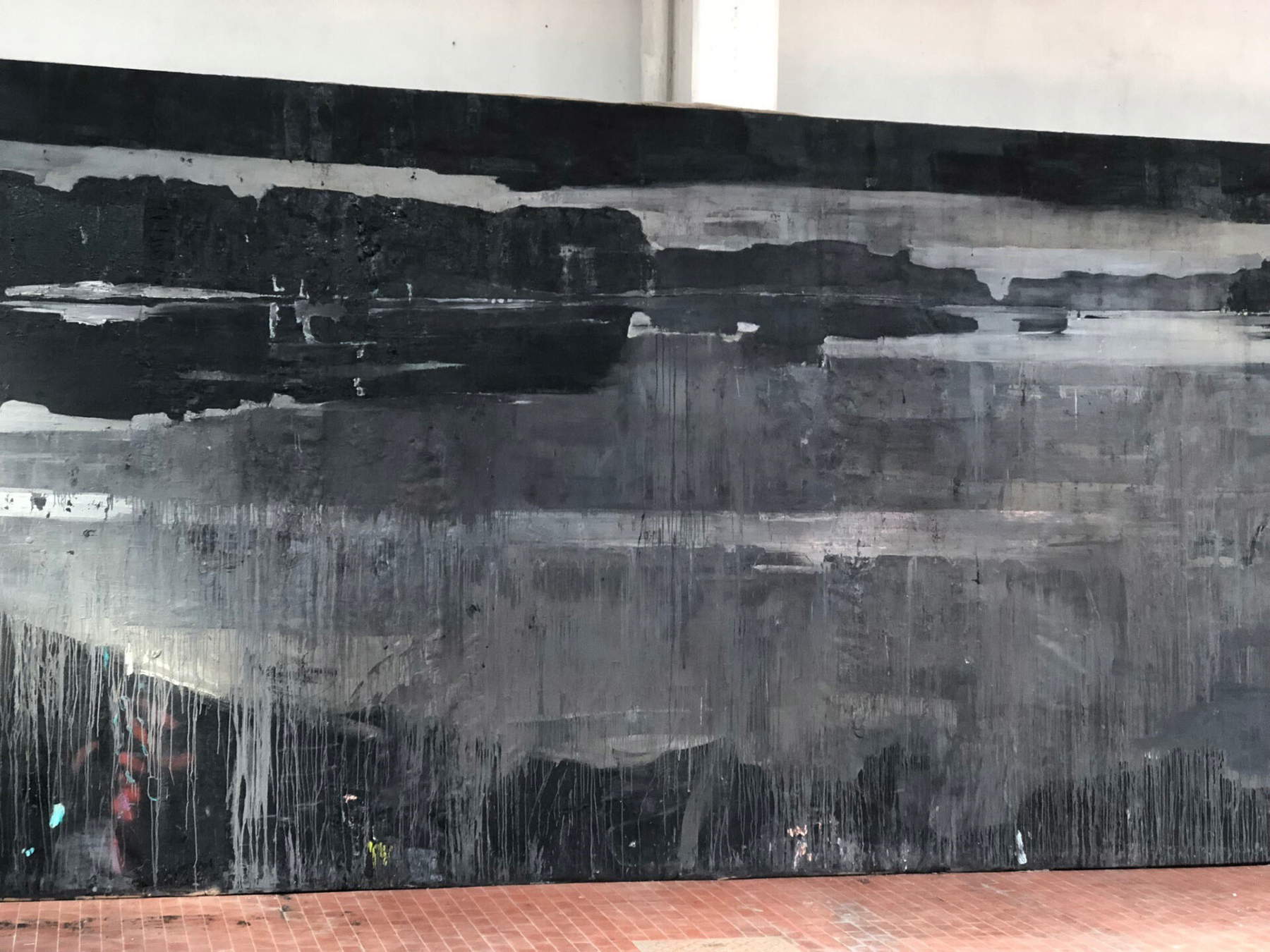

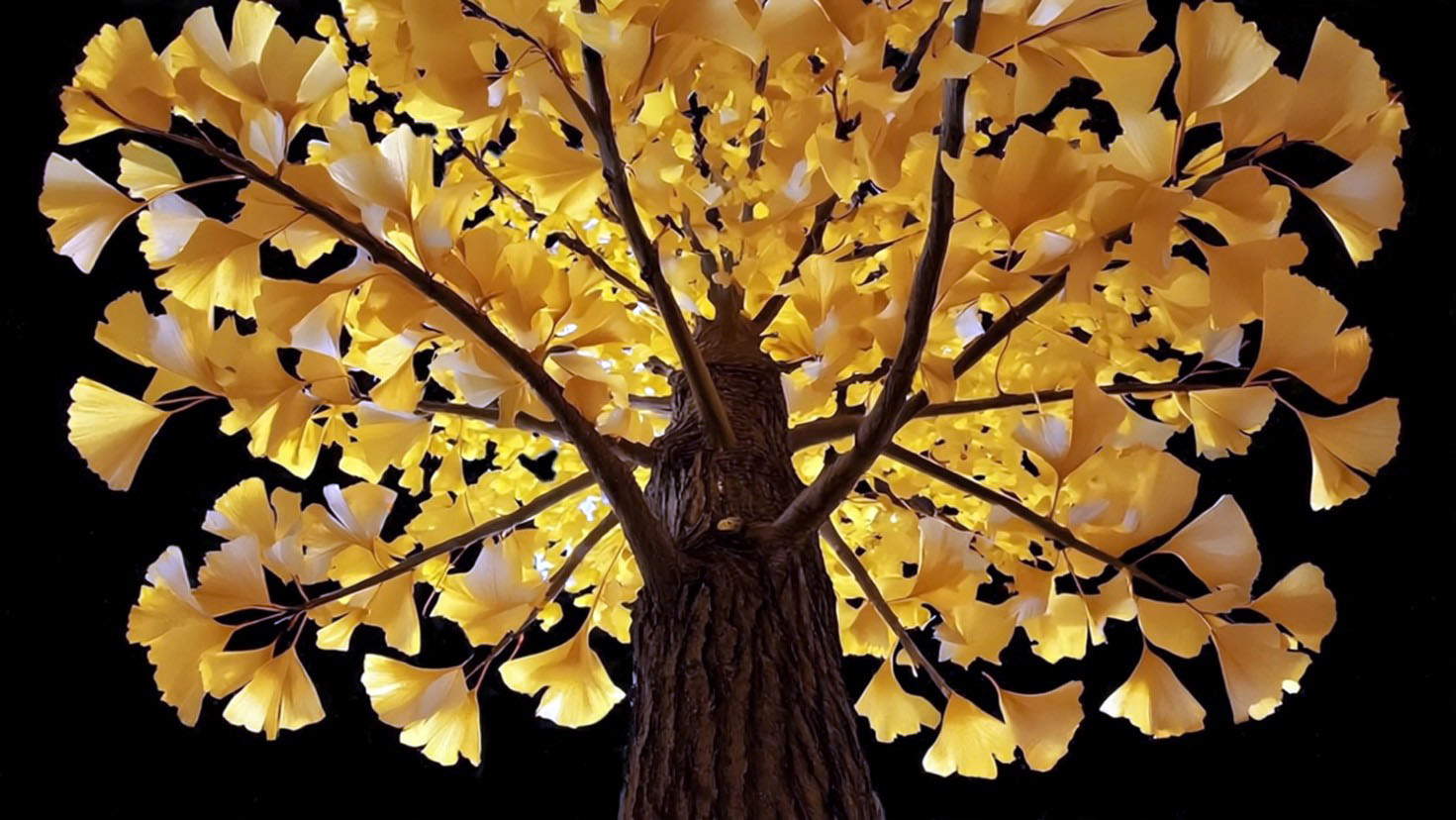
2026 continues with an exhibition juxtaposing two fundamental figures of the 20th century: Pier Paolo Pasolini and Yukio Mishima. From Jan. 29 to March 28, the Library hosts a project curated by Marco Minuz that puts these two intellectuals in dialogue, exploring their affinities, divergences and common trajectories.
Finally, from April 7 to June 6, 2026, the Braidense pays tribute to Umberto Eco ten years after his death, with an exhibition in collaboration with the Fondazione Umberto Eco and the University of Milan. An initiative that aims to restore the complexity
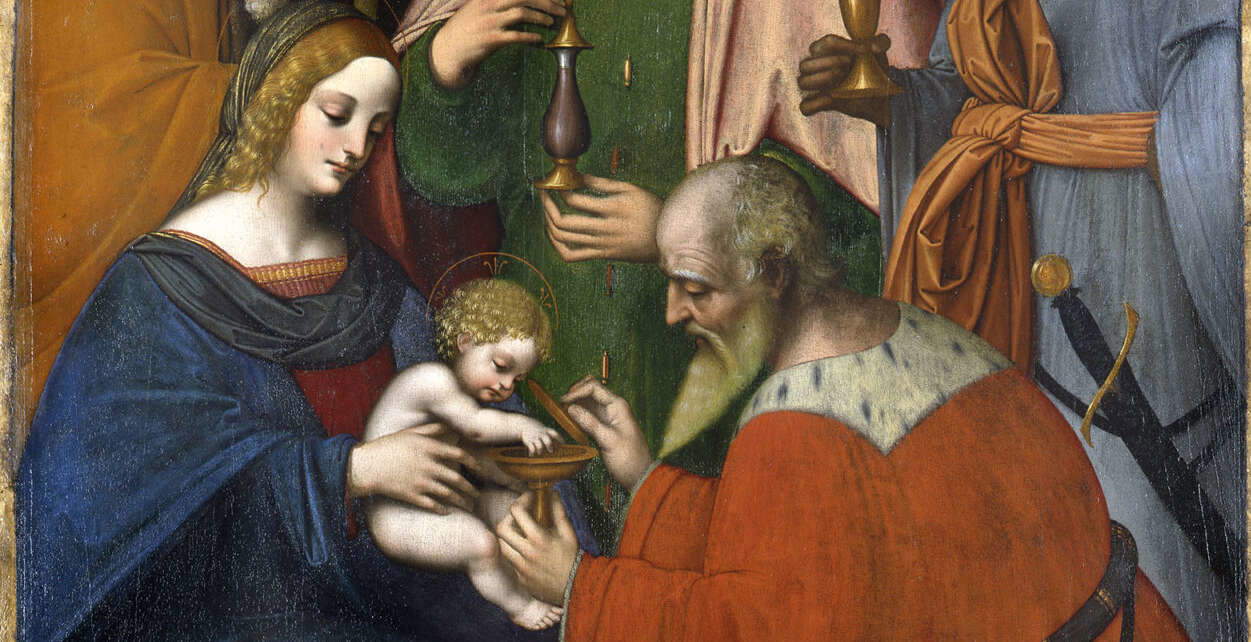 |
| Milan, Grande Brera presents exhibition season: old masters, digital art and memory |
Warning: the translation into English of the original Italian article was created using automatic tools. We undertake to review all articles, but we do not guarantee the total absence of inaccuracies in the translation due to the program. You can find the original by clicking on the ITA button. If you find any mistake,please contact us.